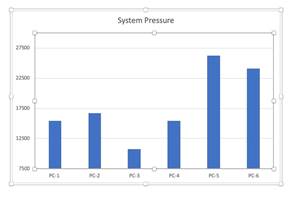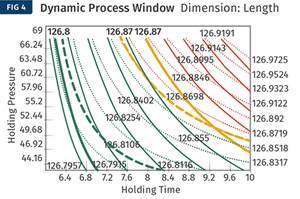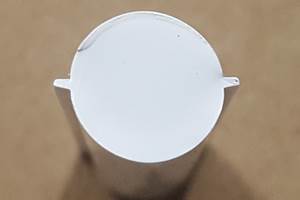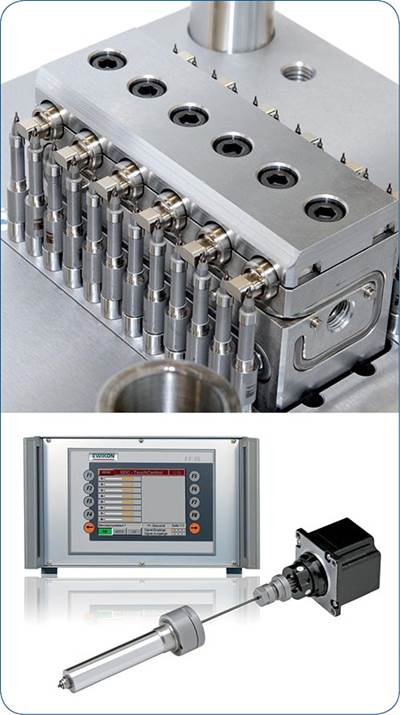Mill-and-mail moldmaking no more
“The days of just putting a mold on the shipping dock and hoping the customer comes and pats you on the back are long over.”
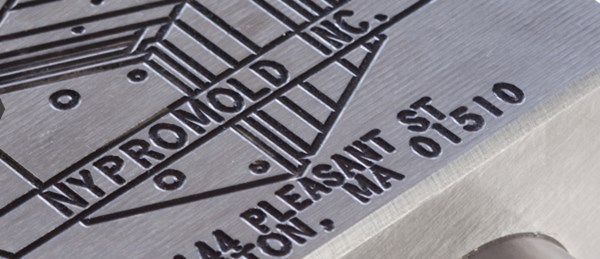
That observation on the new selling cycle for moldmakers came from Bill Muldoon, cofounder and president of Clinton, Mass. based , speaking at ’s recent Medical Day event from its technical center in Corona, Calif. I suppose if shoot-and-ship molding is gone, mill-and-mail moldmaking’s days figured to be numbered as well.
NyproMold, which along with Nypro became part of Jabil in 2013, now operates two sites with 160 employees and annual mold build of 200 tools/year, according to Muldoon, who spoke about how the adoption of the latest technologies helps his company satisfy the increasingly challenging demands of customers.
If you’re tired of the spiel about how “only shops that invest in the latest technologies can compete,” I’ll spare you, but will say if you want a real-life example of why it’s true, check out NyproMold.
DMLS, 5-axis machining, CT scanning…
The company boasts direct metal laser sintering (DMLS) capabilities, but beyond “rapid manufacturing” hype, Muldoon showed its practical application, including a “hybrid” mold core featuring an H13 steel base joined to a DMLS top section, specially designed for maximized cooling. DMLS isn’t the only conformal cooling option the company can offer. NyproMold also applies 5 axis drilling and vacuum brazing as cheaper alternatives to getting cooling as close as possible to a cavity.
With regards to 5-axis machining, Muldoon answered his own question, when he asked the audience, rhetorically, “What has changed in the mold making industry over the last 10 years,” before saying: “The machines are definitely getting better.”
The simplest but perhaps least obvious benefit of 5-axis machining? The ability to work on five sides of a component at once, eliminating the need to flip around work pieces, reaffixing and realigning as you go. NyproMold likes the technology enough that it now has five 5-axis units to work with, with one dedicated to producing graphite electrodes for EDM.
The company spent over one year tuning that machine, getting tolerances to within ±. 0002 inch. The precision means the machine can run unattended for 130 hours/week.
Finally, taking the cue from several top customers that deployed the machines in their quality labs, NyproMold invested in a CT scanner, which it applies in its mold validation process, among other uses.
Non destructive and without the need for fixtures, the device takes 1,200 x-rays of the tool while it rotates, assembling a 3D point cloud in about an hour. CAD models of the part are then overlaid unto the 3D point cloud, instantaneously showing variations between the requested design and the finished tool cavity.
Beyond that, NyproMold is able to use the scanner to understand part assembly, showing all the internal components and layout of a product without having to tear it apart. Under the same concept, the CT scanner can reverse engineer a part if the original CAD file has been lost.
This technology has proven so useful, NyproMold actually started a separate scanning ´óĎó´«Ă˝ called 3D Pro Scan. “You can take and use this as an upfront inspection service,” Muldoon said, “and change first article inspection into a validation.”
This adoption of technology, like love, as the saying goes, means NyproMold never [or at least rarely] has to say ‘Sorry’ to its customers.
“Our goal is to really shrink down the number of deviations you have to ask for,” Muldoon said. The result is expanding ´óĎó´«Ă˝.
Related Content
How to Achieve Simulation Success, Part 2: Material Characterization
Depending on whether or not your chosen material is in the simulation database — and sometimes even if it is — analysts will have some important choices to make and factors to be aware of. Learn them here.
Read MoreOptimizing Pack & Hold Times for Hot-Runner & Valve-Gated Molds
Using scientific procedures will help you put an end to all that time-consuming trial and error. Part 1 of 2.
Read MoreWhere and How to Vent Injection Molds: Part 3
Questioning several “rules of thumb” about venting injection molds.
Read MoreThree Key Decisions for an Optimal Ejection System
When determining the best ejection option for a tool, molders must consider the ejector’s surface area, location and style.
Read MoreRead Next
Tooling at NPE: A Hot-Runner Bonanza in Orlando
Most of the emphasis is on valve gating and on doing more in less space. Other highlights include standardized mold components, some impressive feats of moldmaking creativity, and advances in mold simulation.
Read MoreLead the Conversation, Change the Conversation
Coverage of single-use plastics can be both misleading and demoralizing. Here are 10 tips for changing the perception of the plastics industry at your company and in your community.
Read MoreFor PLASTICS' CEO Seaholm, NPE to Shine Light on Sustainability Successes
With advocacy, communication and sustainability as three main pillars, Seaholm leads a trade association to NPE that ‘is more active today than we have ever been.’
Read More






